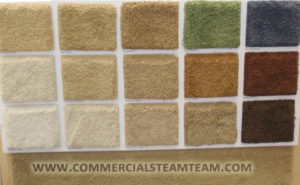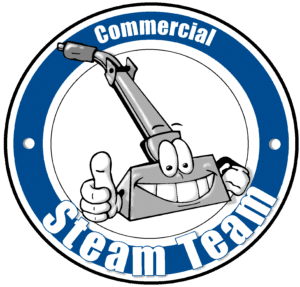
Spring is here and now is the time to start planning for that new look. Selecting the right type of carpet for your lifestyle can be easy if you know a few simple facts about the types of carpet available. There are 7 main types of carpet to choose from.
- Textured Carpet – cut pile and suitable for every room of the house.
- Plushes – smooth, soft and thick more elegant for formal settings.
- Friezes – tightly twisted loose yarns for casual settings, does not show footprints.
- Berbers – tight loop carpet with extra durability, does not show footprints or vacuum marks.
- Loops – tight loop carpet perfect for high traffic areas as it is durable.
- Wool – natural fiber carpet, high quality, soft and durable, naturally stain resistant.
- Indoor/outdoor – mildew and fade resistant good for porches, pool, workshops and basements.
Most carpets are made from synthetic fibers of nylon, olefin, acrylic or polyester. Natural fiber carpets are made from wool, cotton or bamboo. Each fiber has different points that you should know when it comes to durability and absorbency of liquids and oils. Here are a few factors to weigh when making your decision:
- Olefin & polyester fiber carpet will retain soil and stains if they are not treated promptly.
- Sunlight may fade some types of carpet and cause it to deteriorate if not treated to resist ultraviolet rays.
- Wool carpet will mildew if damp or soiled.
- Synthetic carpets have different flammability ratings depending on what they are treated with.
When choosing carpet talk with your carpet store professional about the types of fibers in carpet and its strengths and weaknesses. If you have kids and pets you may also want to inquire about protective treatments.
If you have any questions about carpet cleaning please give us a call 952-224-7222

